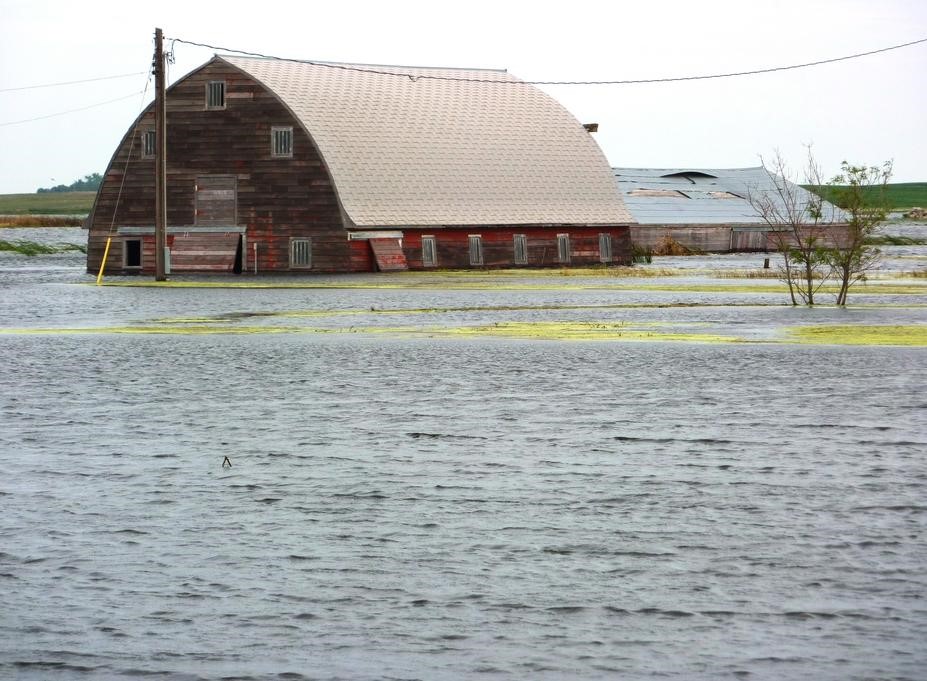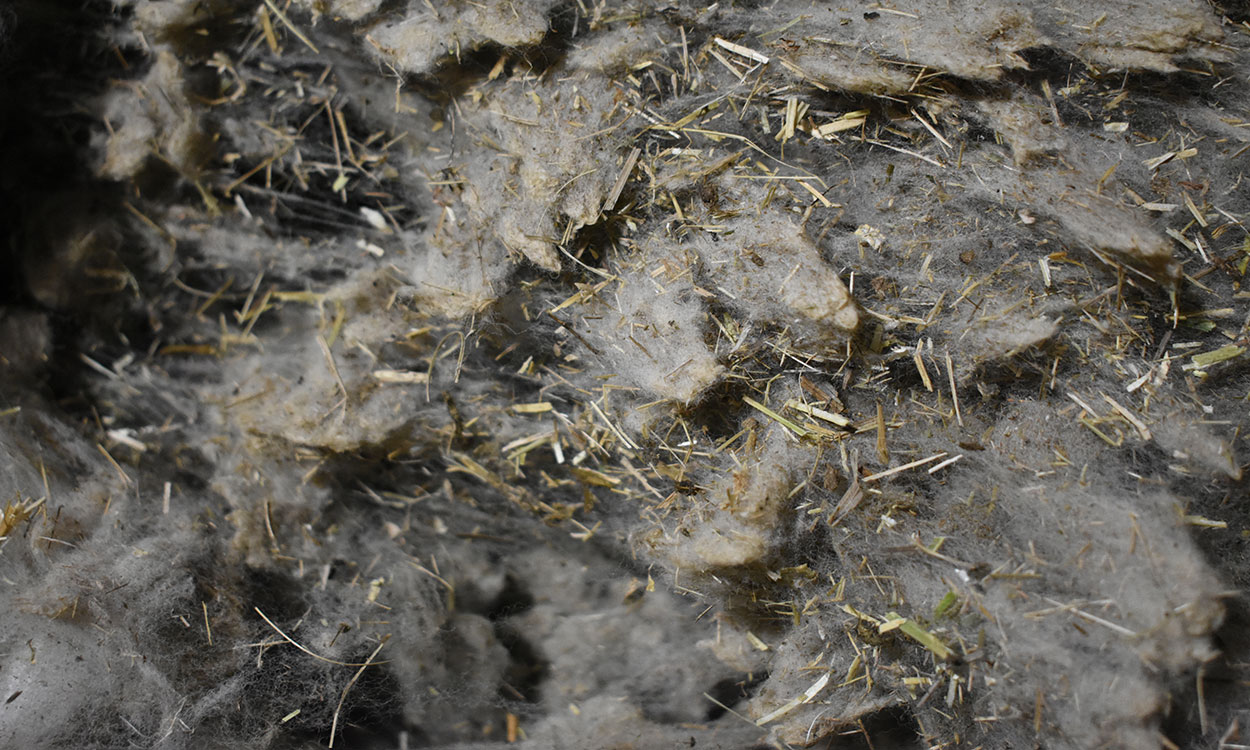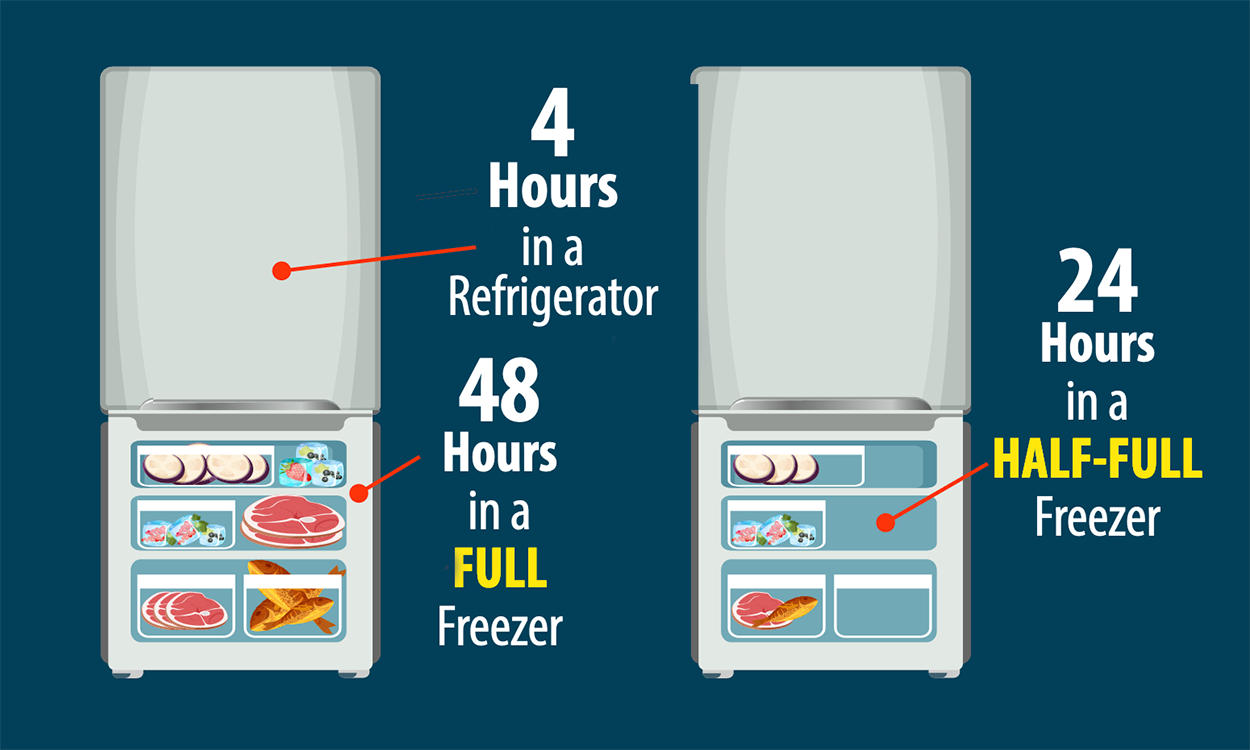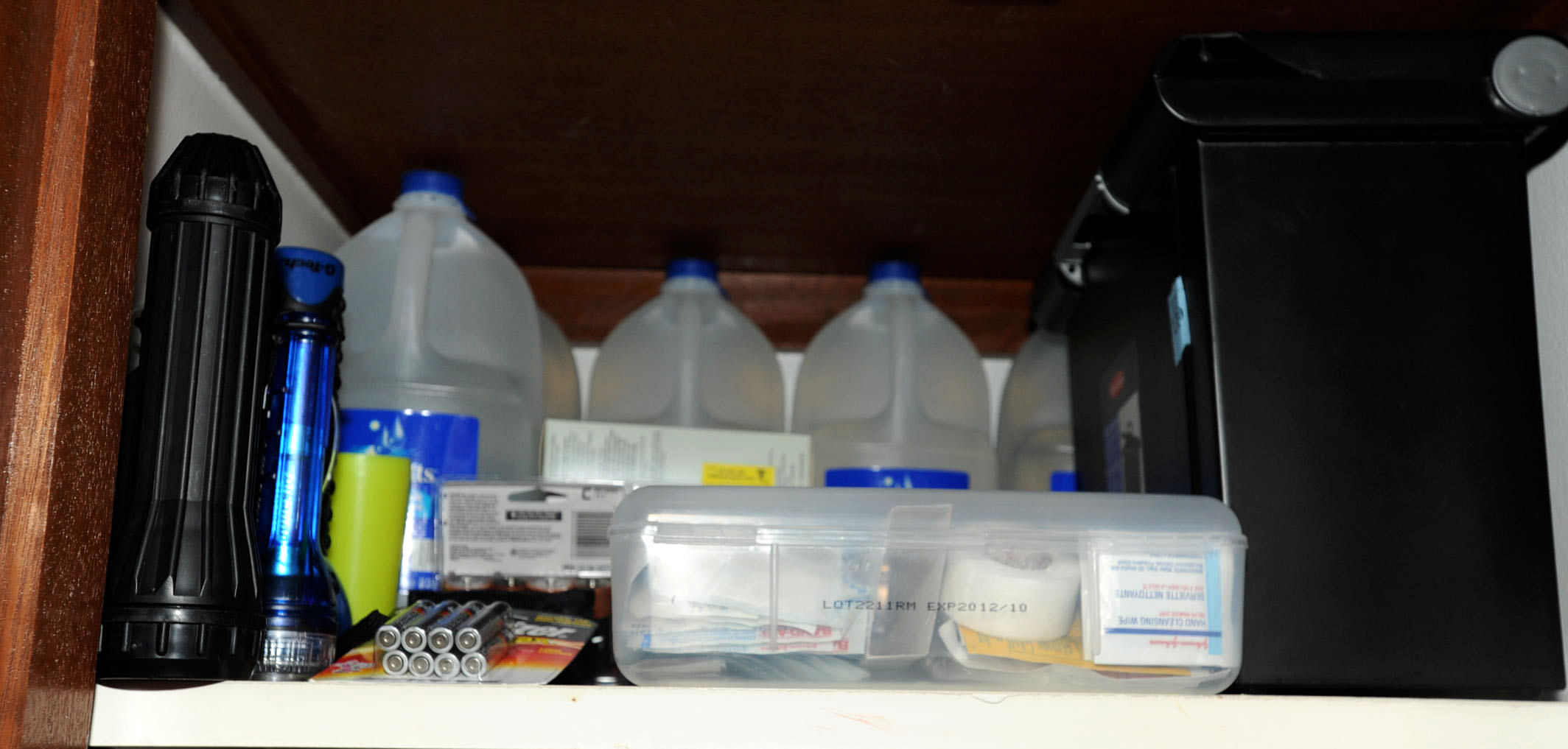Search

Septic Systems and Flooding
Septic systems may not always be a homeowner’s first concern during a flood. However, as South Dakotans continue to navigate an exceptionally wet spring, some consideration should be given to your septic system to prevent damage to your home and protect your family’s health.

Flood
View resources to prepare for and recover from flood situations.

Bike Safety
View information about the benefits of biking and how to ride safely.

How to Trim Sheep and Goat Hooves
Guide on how to trim sheet and goat hooves

Managing Sheep Body Condition Score Throughout the Year
This fact sheet and barn reference are for sheep producers to implement body condition scoring in their management practices.

Colostrum for Lambs
Fact sheet about the importance of colostrum for lambs

South Dakota Sheep and Goat Needs Assessment
A summary of South Dakota responses to guide on-going Extension efforts for South Dakota sheep and goat producers.

Wool Evaluation 101
Guide to evaluating wool.

Power Outages and Your Cold Foods
South Dakota is no stranger to power outages and power surges from weather events. Learn some key actions to take before, during and after power outages to keep your cold foods safe.

Food Safety: During & After Flooding
In the event of flooding, having a plan in place for food safety is beneficial. Knowing how to determine if food is safe and how to keep food safe will help reduce the potential for food waste and reduce the risk of foodborne illness. Here are some tips to keeping your food safe.